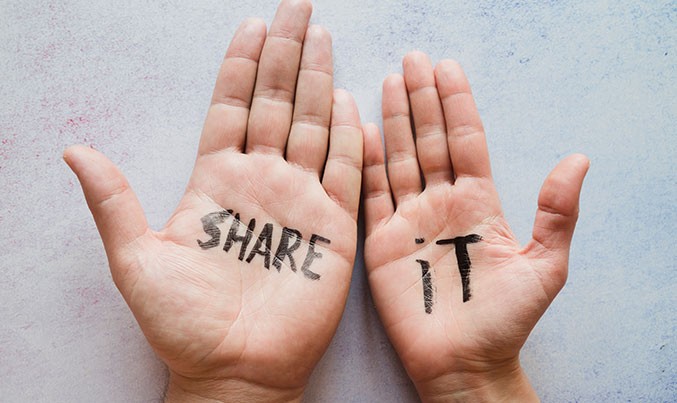Finding a donor can be tricky. Even if there are at least 260,000 foundations in at least 39 countries in the world (Johnson, 2018), you have to find the right one with the same priorities as yours. For example, are you focused on education? How about human services and social welfare? Health? Arts and culture? These were found to be the top priorities of foundations in the world (Johnson, 2018).
Engaging a donor involves understanding them and the way they think. What makes them tick? When should they be approached? Who should you engage?
At the Top
A look at America’s Top 50 Givers in 2017 shows that most philanthropists who give to individuals and organizations and owners of philanthropic organizations are usually older like America’s top giver Warren Buffet, the famous investor, who gave USD 2.8 billion in 2017 to Bill Gates’ foundation and to the foundations of his children. Speaking of Bill Gates, he and his wife Melinda Gates come in at Top 2, giving USD 2.5 billion in 2017 through the United States’s largest private philanthropic foundation, the Bill & Melinda Gates Foundation. Still, another older philanthropist, Michael Bloomberg, owner of financial information company Bloomberg LP, comes in at Top 3, giving USD 702 million in 2017 through his foundation.
Does this mean that younger people are out of the picture? Not at all. Coming in at Top 6, Mark Zuckerberg and Priscilla Chan gave USD 400 million in 2017 through the Chan Zuckerberg Initiative (CZI). Other notable younger philanthropists are Dustin Moskovitz and Cari Tuna, founders of the Good Ventures Foundation, who gave USD 298 million in 2017 garnering them the Top 10 spot.
Age is not just a number.
As shown in the examples above, older adults tend to give more than young adults. Why is this so? According to the developmental perspective, this is because young adults are autonomy-focused unlike older adults who are generativity-focused as older adults most likely have accumulated more wealth at their age and can thus give more. Additionally, according to the terror management theory, because older adults are nearing the end of life, they become more anxious of mortality. To cope, they do things to create a sense of immortality through financial legacies. This has been shown through an experimental study, which looked at the effects of age and mortality salience on charitable giving. In this study, after exposing older adults to a mortality prime, they have donated more to charity than younger adults did. (Roberts & Maxfield, 2019)
This doesn’t mean though that young adults can be overlooked. Millennials actually give more when they do decide to donate. This was shown through a study that used panel data on charitable donations to compare philanthropic behavior of millenials at younger life stages and that of previous generations at later life stages. (Koczanski & Rosen, 2019)
Seeing as millennials give more when decided, how do you persuade them to give?
In the Mind of a Millennial
A study showed that millennials tend to donate to charitable organizations if they are intrinsically motivated (Gorczyca & Hartman, 2017). The researchers give its implications and applications:
- Millennials are more likely to donate to organizations they volunteered for, so make sure to tap into your own volunteers.
- Millennials are more likely to donate to organizations, which are transparent about their mission statements, messaging, how they help others, and how they appropriate funds.
- Millennials are more likely to participate in fundraising campaigns disseminated through social media.
- Millennials are more likely to give through crowdfunding since they can give at a cost they can afford.
- Millennials are more likely to donate both time and money rather than money alone.
With these tips, hopefully, your organization can engage with more philanthropic millennials.
References
- Gorczyca, M., & Hartman, R. L. (2017). The New Face of Philanthropy: The Role of Intrinsic Motivation in Millennials’ Attitudes and Intent to Donate to Charitable Organizations. Journal of Nonprofit & Public Sector Marketing, 29(4), 415-433. doi:10.1080/10495142.2017.1326349
- Johnson, P. D. (2018, April). Global Philanthropy Report: Perspectives on the global foundation sector (Rep.). Retrieved June 14, 2019, from UBS website: https://www.ubs.com/global/en/wealth-management/uhnw/philanthropy/shaping-philanthropy.html
- Koczanski, P., & Rosen, H. S. (2019). Are Millennials Really Particularly Selfish? Preliminary Evidence From a Cross-Sectional Sample in the Philanthropy Panel Study. American Behavioral Scientist, 1-18. doi:10.1177/0002764219850871
- Roberts, J. R., & Maxfield, M. (2019). Mortality Salience and Age Effects on Charitable Donations. American Behavioral Scientist, 1-22. doi:10.1177/0002764219850864











